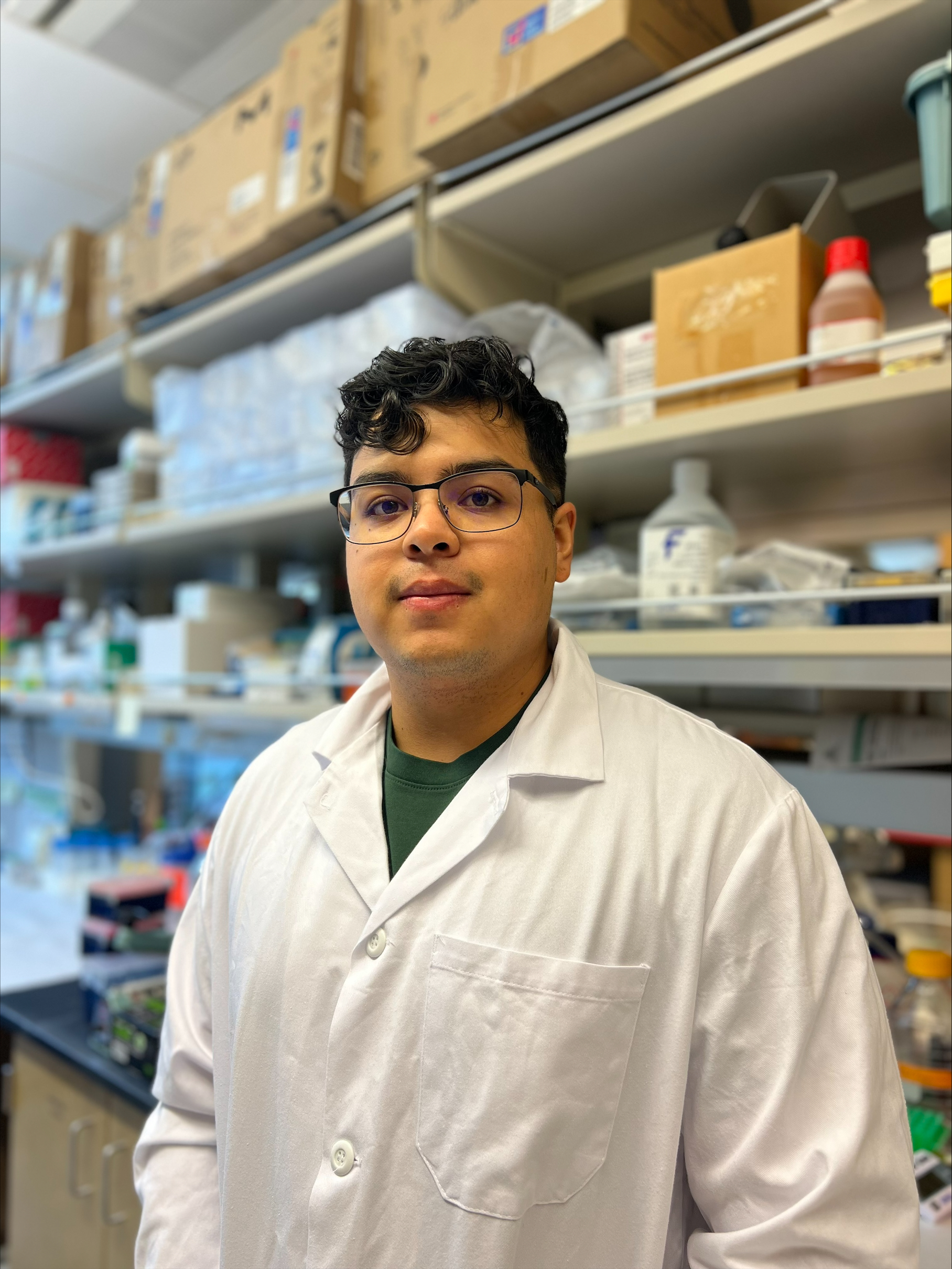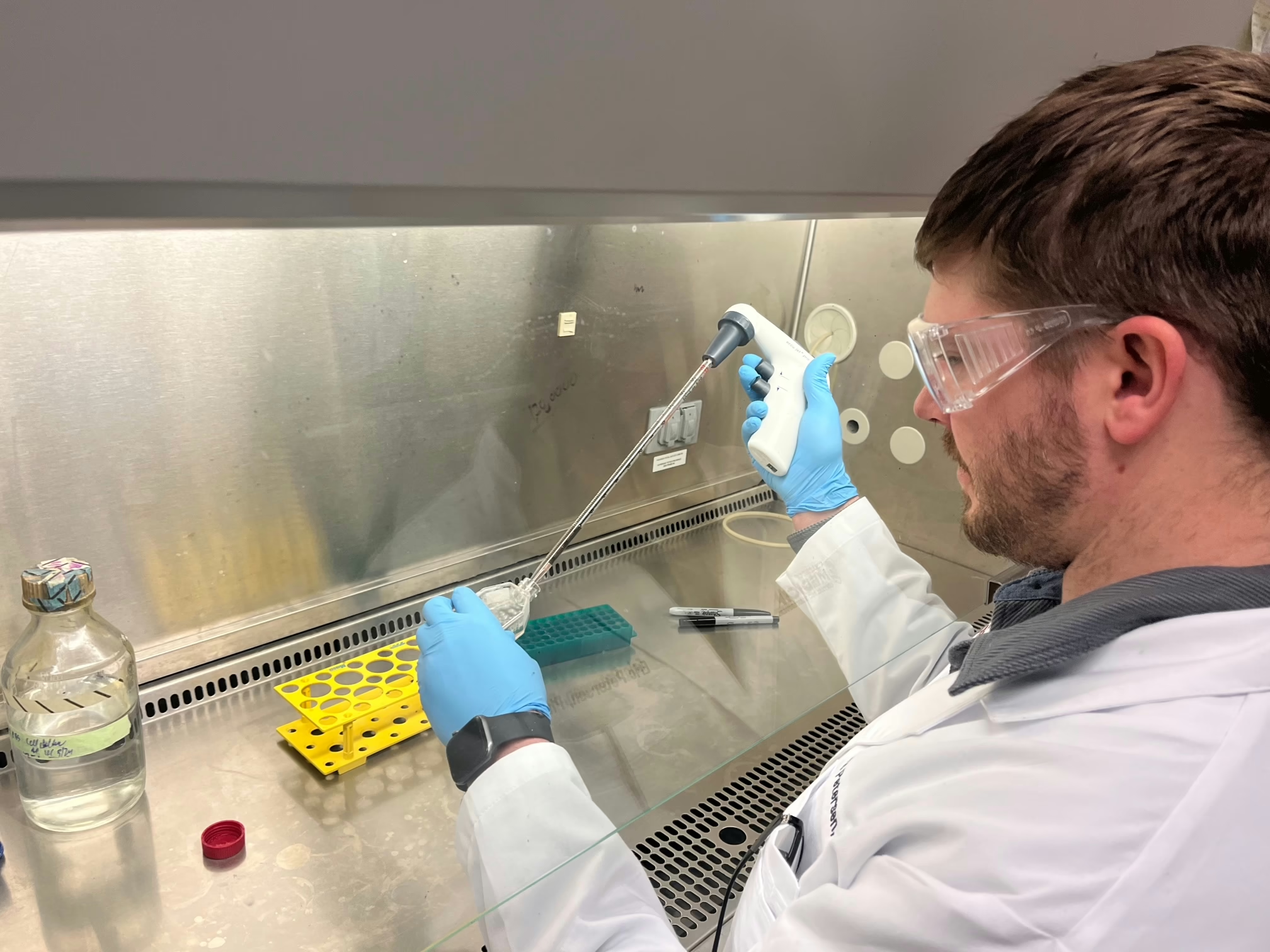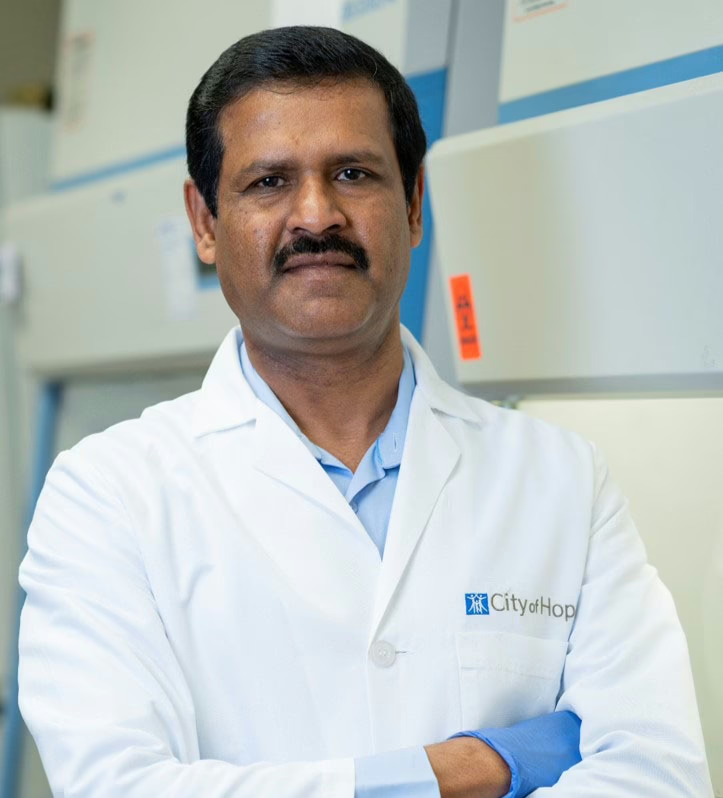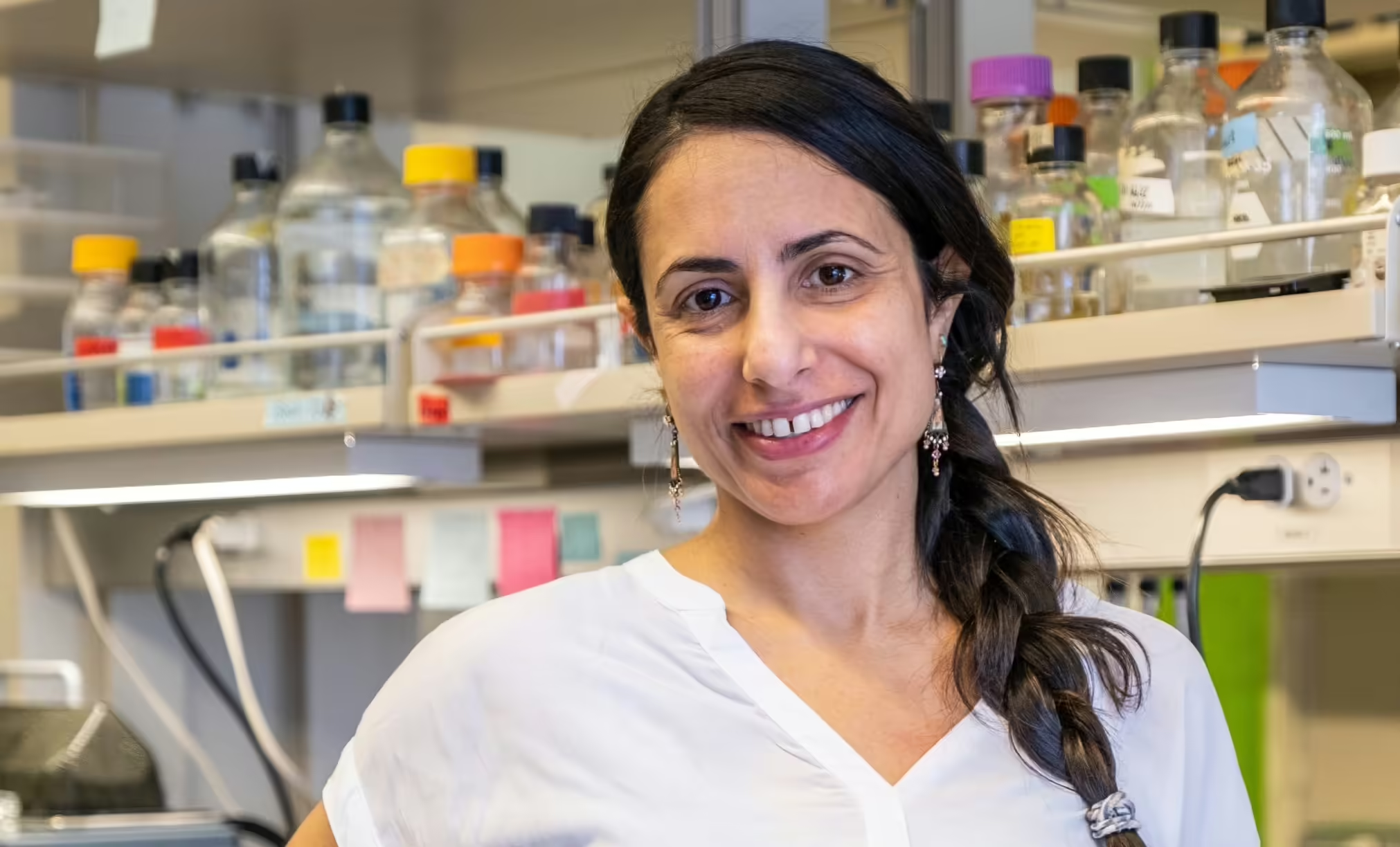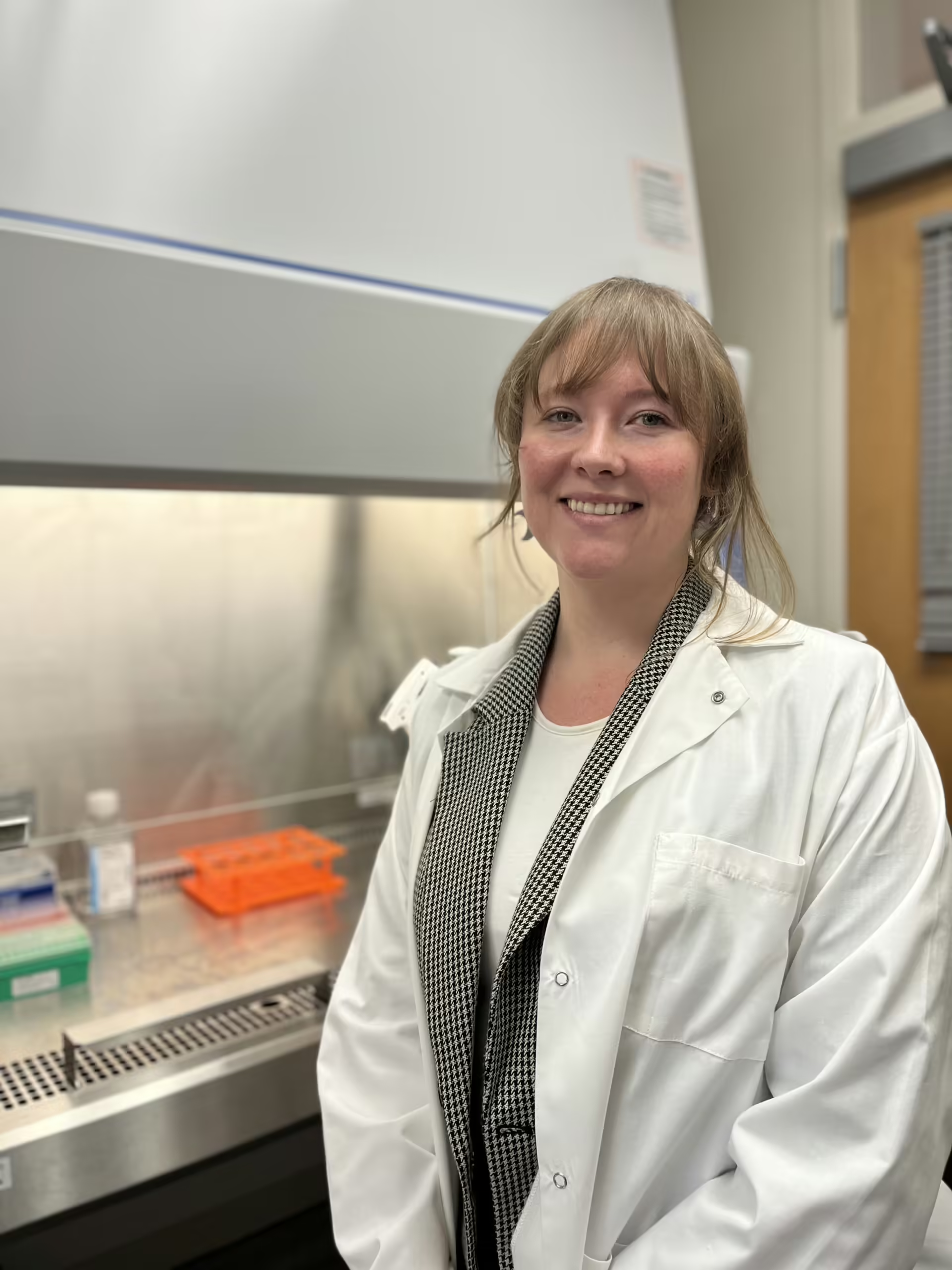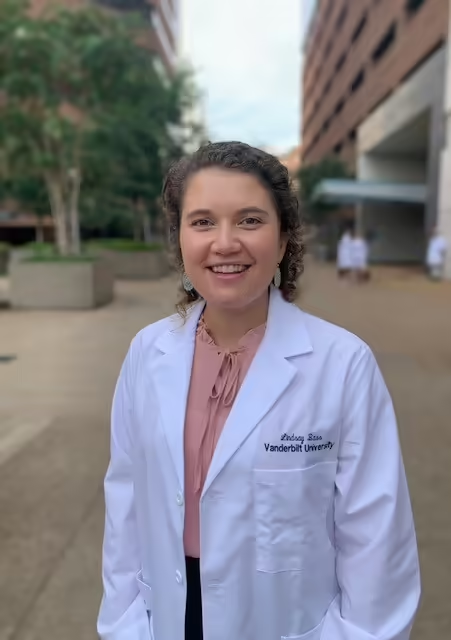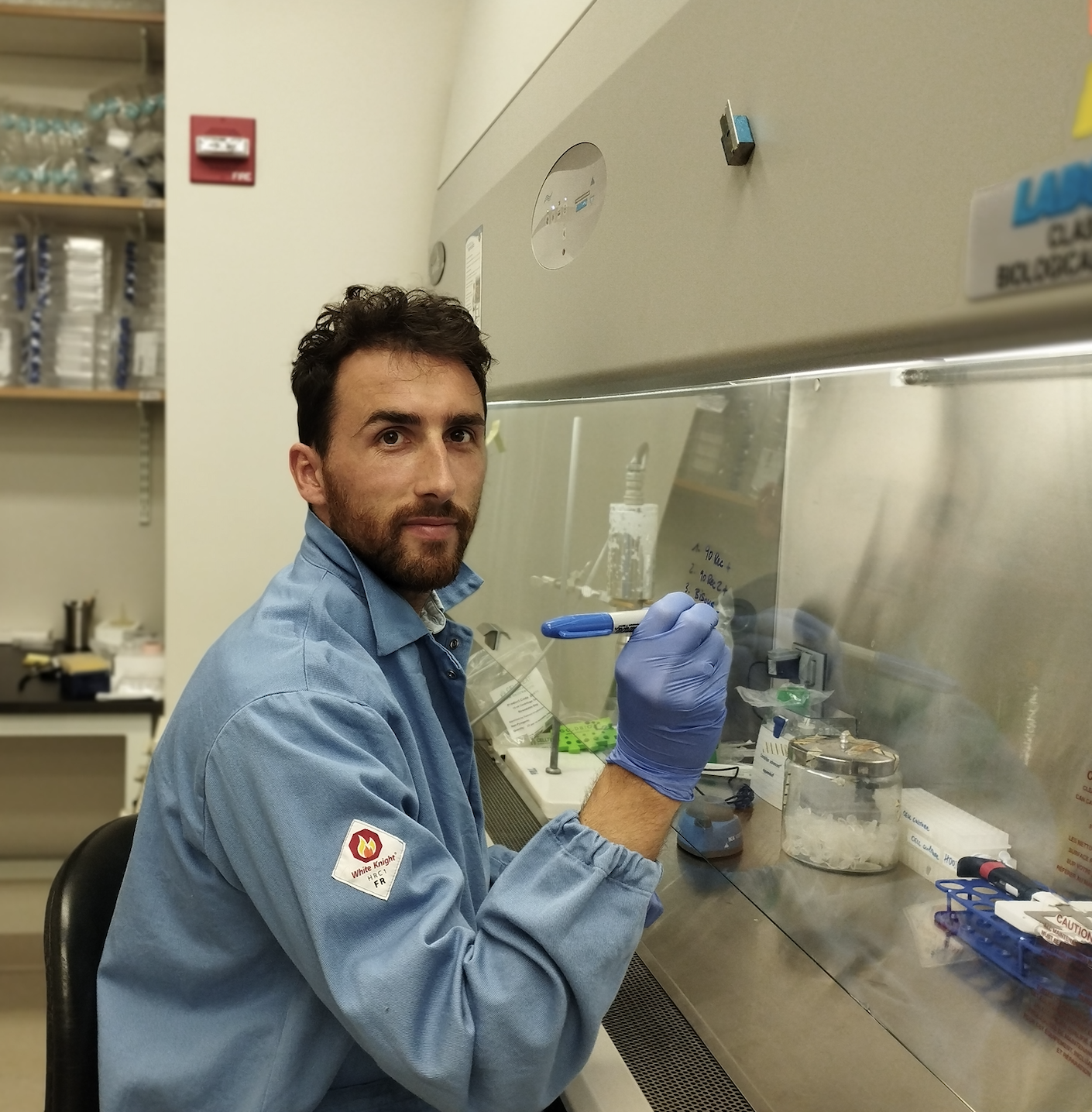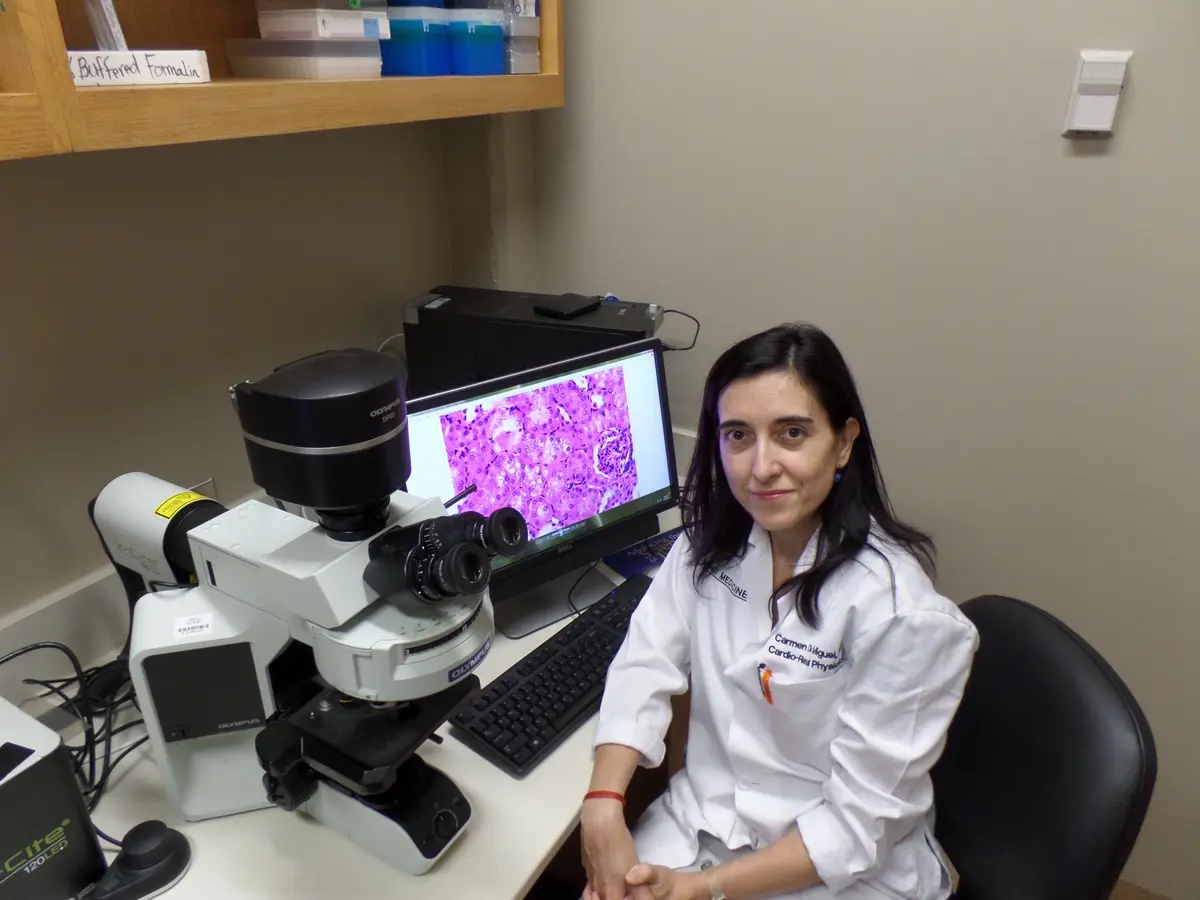Project Description
Type 1 diabetes (T1D) is caused by the autoimmune destruction of insulin-producing β-cells while leaving behind other pancreatic islet cell types. Over the past decade, research has demonstrated that pancreatic islet cell types can interconvert into each other, including into insulin-producing β-like cells, under conditions of extreme metabolic stress such as T1D. It is believed that insulin-producing α/β cells, resulting from the interconversion of glucagon-producing α-cells, may evade the immune system’s attack due to their hybrid biochemical makeup. However, mechanisms that drive the interconversion of α-cells into these hybrid α/β-cells are not fully understood. In addition, since insulin therapy is necessary to prevent ketoacidosis, it remains to be determined if α-cells’ propensity to interconvert into β-like cells is robust enough to ensure the achievement of normoglycemia under moderate and/or acceptable metabolic control conditions.
My research focuses on manipulating a protein (named αE-catenin) that I discovered to regulate islet cell replication and islet cell type interconversion. I believe that if we correctly manipulate this protein, we could “unlock” the ability of α-cells to more efficiently convert into α/β-cell hybrids.
Hence, my work may unlock mechanisms that enhance the competency of the α-cell reservoir to contribute to the regeneration of insulin-producing cells in T1D patients.
Collectively, knowledge gained from these studies will guide future efforts to transiently target αE-catenin for promoting islet cell regeneration and/or expansion of pancreatic islet tissue for transplantation in T1D.

